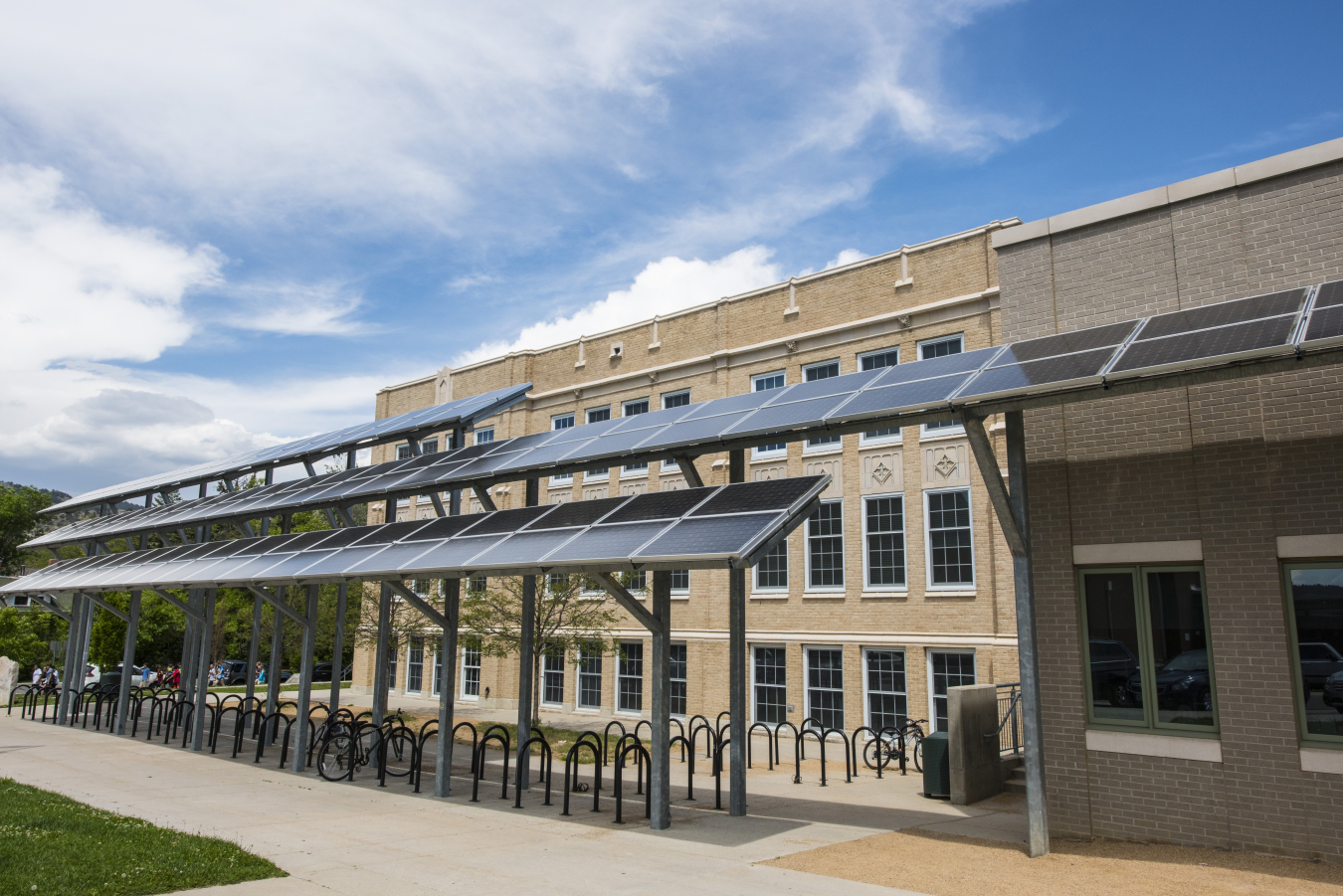Guidance on creating energy-efficient buildings and districts that can meet their energy needs with renewables.

PV modules on the Casey Middle School in Boulder, Colorado.
SCHOOLS
Zero energy schools provide enhanced learning environments, energy cost savings, and reduced environmental impact.
OFFICES
Zero energy offices provide inspiring, well-designed spaces for occupants, helping to improve productivity and satisfaction.
DISTRICTS
Zero energy districts provide improved resiliency, competitiveness, and economies of scale.
What is a Zero Energy Building?
Zero energy buildings are designed and built to consume as little energy as possible. When a renewable source of energy is added to these buildings, they are capable of producing enough energy to meet or exceed their requirements to run.
More About Zero Energy Buildings
More About Zero Energy Buildings on the Residential Side – Zero Energy Ready Home

